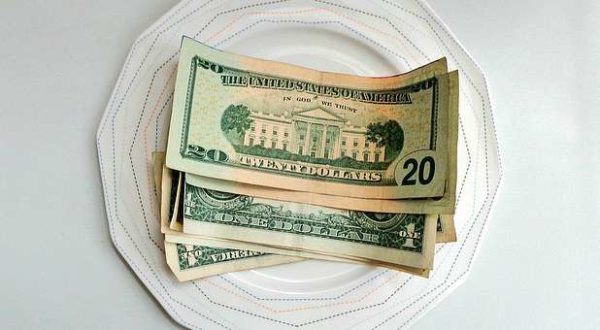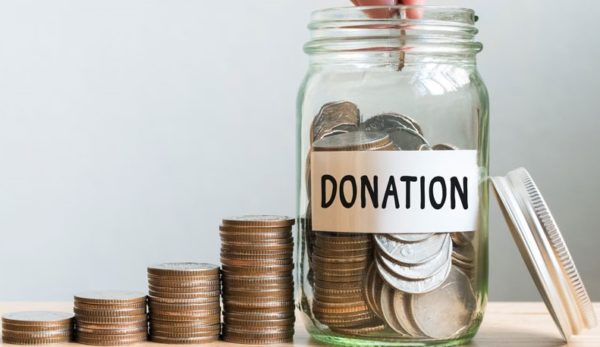Here’s a question I get every time an organization is thinking about using a good fundraising offer with a low price point:
- “OK, so our offer is $7. Are we going to get a ton of $7 gifts? Aren’t we going to raise less money this way because our donors are going to give less?”
The short answer is:
- Not if your Ask Amounts for each donor are at or above what that donor gave last time.
Let me explain…
Offer Amount vs. Ask Amount
There’s a difference between your Offer Amount and your Ask Amounts.
Your Offer Amount is the cost of your offer – the cost to do the thing you promise will happen if a donor gives a gift. (We’ve talked about how those amounts should usually be less than $50.)
Your Ask Amounts are the amounts you list for your donor to give on your reply card. They often look something like this:
- [ ] $50
[ ] $100
[ ] $150
[ ] $_______
Those are your Ask Amounts. (This is also often called “gift ask string” or “gift ask array” but we’re going to refer to them as Ask Amounts for clarity’s sake.)
Think of it this way:
- Your Offer Amount is how much it costs for the donor to do one meaningful thing.
- Your Ask Amounts are how much you’d like the donor to give today.
Make sense? Still with me?
How Smart Organizations Raise More Money
This is simple to explain, but it takes a bit of work to do. But here’s what the smart organizations do:
- They customize the Ask Amounts for each and every donor.
- The customized Ask Amounts for each donor are in increments of the Offer Amount.
Here’s what that looks like. Say I had recently given a donation of $100 to an organization. And they were writing me with an offer of “$35 will train one volunteer to advocate for our cause.” My Ask Amounts would look something like:
- [ ] $105 to train 3 advocates
[ ] $140 to train 4 advocates
[ ] $210 to train 6 advocates
[ ] $______ to train as many advocates as possible
There’s a lot going on in that example that’s helpful.
- First, the Ask Amounts are all in $35 increments – increments of the Offer Amount. Because remember, your whole letter (or email, or newsletter, or event) should be about the Offer. So it will make more sense to your donor if your reply card has amounts that are based on the offer you are writing them about.
- Second, the beginning Ask Amount is at or above how much I gave last time. This is key to helping donors give how much they gave last time… or more!
- Third, the description text (“…to train 3 advocates”) describes how many of the outcomes my gift will fund. This helps donors know exactly how much good their gift will do. It’s a proven tactic.
To do this, most smaller organizations use Excel to calculate the Ask Amounts and Outcome Amounts (“3 advocates”) for each donor. Then they merge in those amounts onto the reply card.
This takes real work. It’s worth it.
The Benefits to You
When your Offer Amount is low, and your Ask Amounts are at or above how much your donor gave last time, two positive things happen:
- More people respond because your barrier of entry is so low. In other words, more people respond because it costs so little for them to make a meaningful difference.
- You’ll raise more money because donor’s gifts will usually be at or above what they gave last time.
Increasing the number of people who respond + keeping their gifts at the same size or larger = more money for your cause!
This post was originally published on May 7, 2019 as part of a series on creating successful offers. Use the links below to read the entire series, or click here to download the e-book we created from these posts.
- How to Create a Great Fundraising Offer: What’s an Offer?
- Why a Good Fundraising Offer Works So Well
- The Ingredients in Successful Offers
- How to Describe the “Solution” Your Organization Provides
- How to Raise More Money by Asking for the Right Amount
- How and Why to Give Your Donors a Reason to Give Today
- What About Internal Experts Who Don’t Like Fundraising Offers?
- How to Make Sure a Low-Priced Offer Does NOT Produce Small Gifts
- Half As Important
- Offers for Major Donors
- Summarizing and Closing This Chapter on Fundraising Offers


